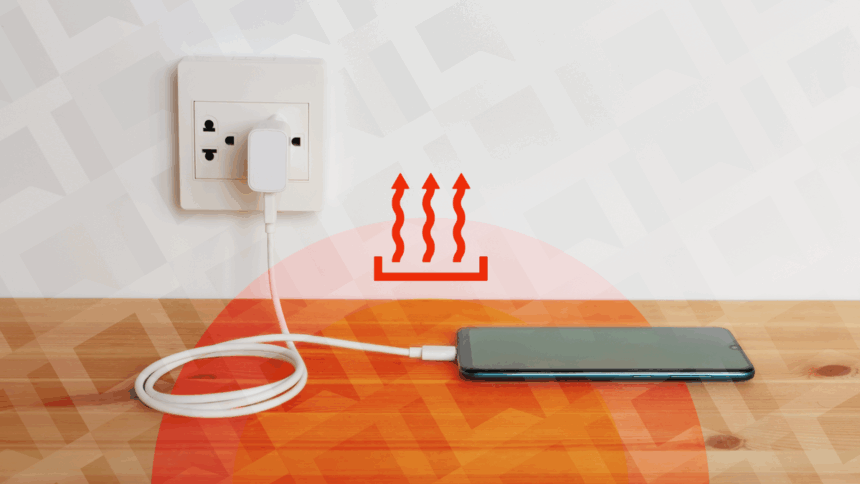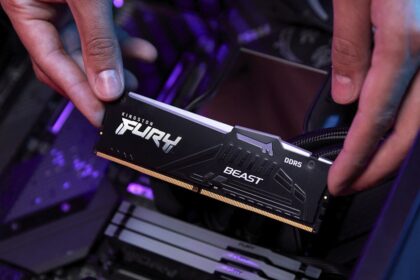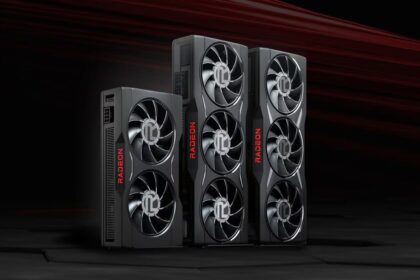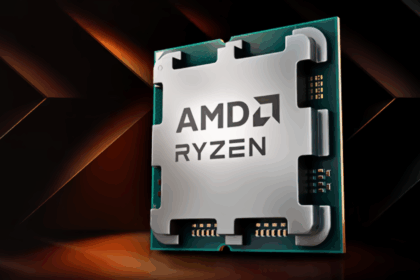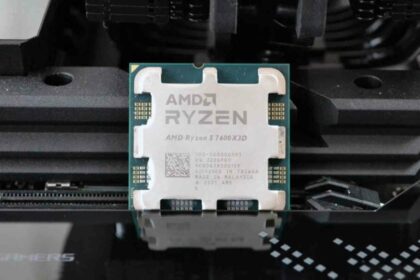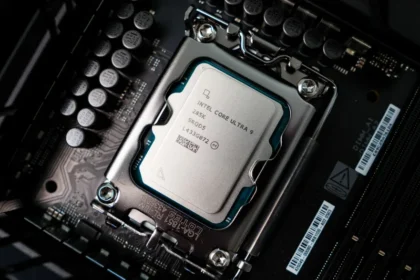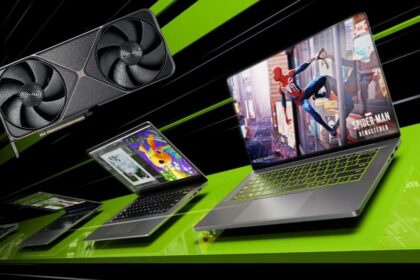Smartphones have become essential tools in our daily lives, but they can sometimes exhibit concerning behaviors like overheating during charging. This issue is not only uncomfortable to handle but may also indicate underlying problems that could affect your device’s performance and longevity.
Understanding why your phone heats up during charging can help you take appropriate measures to protect your investment.
Causes of Smartphone Overheating During Charging
1. Environmental Factors and Ventilation Issues
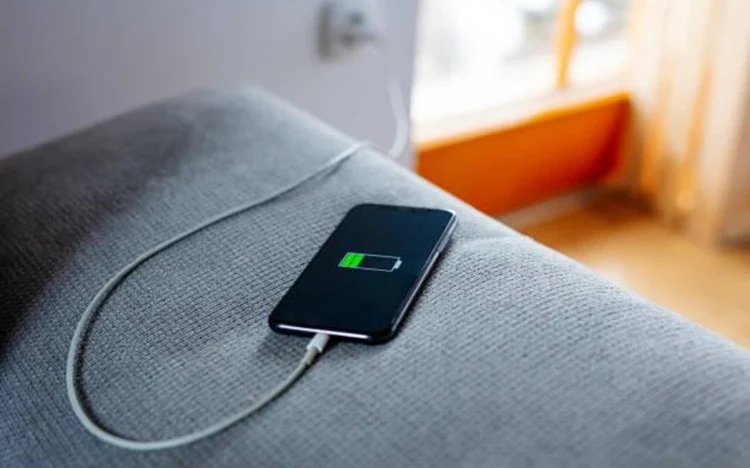
The environment where you charge your smartphone plays a crucial role in heat management. Devices naturally generate heat during charging, but this process becomes problematic when:
- The phone is placed in direct sunlight while charging
- It’s charging in a poorly ventilated space (like under pillows or in tight enclosures)
- The ambient temperature is already high (above 95°F/35°C)
- The phone is placed on heat-retaining surfaces like beds or couches
Your smartphone relies on passive cooling through its external surface. When the surrounding environment restricts heat dissipation, internal temperatures can rise rapidly, potentially triggering thermal protection mechanisms that slow down charging or temporarily disable certain functions.
2. Battery Stress and Charging Thresholds
Modern lithium-ion batteries have optimal charging ranges that help maintain their longevity. Charging beyond these thresholds can create additional stress on the battery:
- Charging from extremely low levels (below 20%) requires more energy and generates more heat
- Continuing to charge beyond 80-90% creates higher resistance and heat
- Leaving phones plugged in after reaching 100% can cause “trickle charging,” which maintains full charge but generates constant heat
- Frequent complete discharge-recharge cycles (0-100%) create more thermal stress than partial charges
Many newer smartphones now include adaptive charging features that slow down charging as the battery approaches capacity, specifically to reduce heat generation and extend battery lifespan.
3. Device Usage During Charging
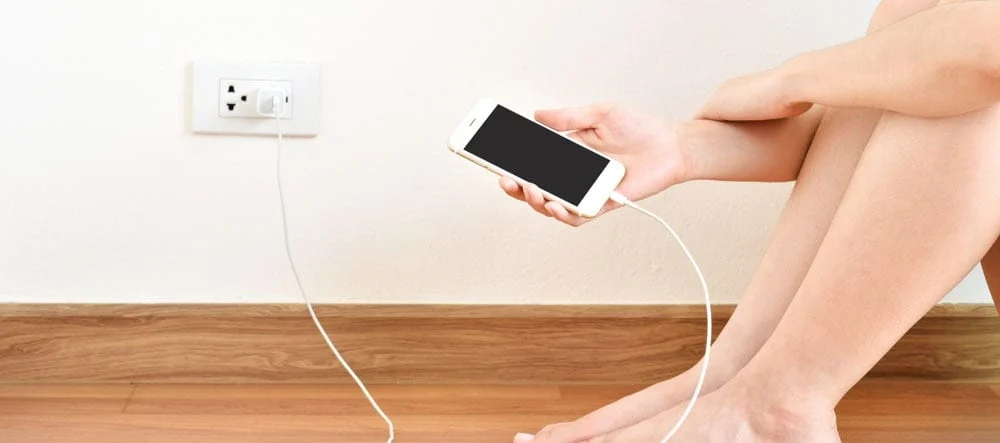
Using your smartphone while it’s connected to a power source significantly increases heat output due to:
- The processor is working at higher frequencies to handle applications
- The display consumes additional power
- The battery simultaneously charging and discharging
- Background processes are continuing to run
Resource-intensive activities like gaming, video recording, or running navigation apps while charging create particularly high thermal loads. This dual stress from both charging and processing can push device temperatures toward their upper safety limits.
4. Fast Charging Technology
Fast charging represents a significant advancement in smartphone technology, allowing devices to recharge in a fraction of the time compared to standard charging. However, this convenience comes with thermal consequences:
- Fast charging protocols (like Qualcomm Quick Charge, USB Power Delivery, etc.) increase the voltage and current flowing to the battery
- Higher power delivery means more heat generation during the charging process
- The initial phase of fast charging (typically 0-50%) produces the most heat as maximum power is delivered
- After reaching approximately 60-70% capacity, most fast charging systems automatically reduce power to protect the battery
Different manufacturers implement various thermal management systems to mitigate these effects, but some heat increase is unavoidable with higher charging rates. Many phones now allow users to disable fast charging when heat is a concern.
5. Low-Quality Charging Equipment
The charging accessories you use significantly impact heat generation during charging:
- Counterfeit or substandard chargers often lack proper power regulation circuits
- Low-quality cables may have inadequate wire gauge or poor insulation
- Unofficial chargers might not communicate properly with your device’s power management system
- Damaged cables with internal breaks can create resistance points that generate excess heat
Manufacturer-certified charging equipment includes various safeguards and follows specific power delivery protocols designed for your device model. Third-party chargers, even when well-made, might not implement the exact charging algorithm your phone expects.
6. Battery Health and Aging
As smartphone batteries age, their chemical capacity to store and transfer energy degrades:
- Older batteries develop higher internal resistance, which generates more heat during charging
- Degraded cells can’t handle the same charging speeds as new batteries
- Chemical changes in aged batteries make them less efficient at energy conversion
- Physical expansion of battery components over time can affect thermal transfer within the device
Most smartphones begin showing noticeable battery degradation after 300-500 complete charge cycles. Devices like iPhones provide battery health information in settings, showing the maximum capacity relative to when the battery was new.
Potential Consequences of Regular Overheating
Frequent overheating during charging can lead to:
- Accelerated battery degradation and reduced capacity
- Decreased overall device performance as thermal throttling activates
- Potential damage to internal components sensitive to heat
- In extreme cases, battery swelling or other safety issues
- Shortened overall lifespan of the device
Effective Ways to Prevent Charging-Related Overheating
Optimize Your Charging Environment
- Remove protective cases during charging, especially thick ones with poor thermal conductivity
- Charge your device on hard, flat surfaces that don’t retain heat (like wooden tables rather than beds)
- Ensure adequate airflow around the device while charging
- Avoid charging in direct sunlight or in very warm environments
- Consider using a small cooling pad or fan nearby if ambient temperatures are high
Adopt Better Charging Habits
- Follow the 20-80 rule when possible (maintain battery between 20% and 80% for optimal health)
- Avoid overnight charging when unnecessary
- Use slower charging when fast charging isn’t needed
- Don’t charge to 100% before every use if not required
- Update your device’s operating system to benefit from improved power management algorithms
Use Appropriate Charging Equipment
- Invest in manufacturer-certified or high-quality third-party chargers and cables
- Regularly inspect charging cables for damage or wear
- Consider using chargers with smart charging features that adapt to battery temperature
- Replace charging accessories showing signs of malfunction (unusual heating, intermittent charging)
Manage Device Usage During Charging
- Avoid processor-intensive tasks while charging
- Close unnecessary background applications
- Enable battery optimization features provided by your device manufacturer
- Consider enabling airplane mode for faster, cooler charging when you don’t need connectivity
- If possible, power off the device completely for the fastest and coolest charging experience
When to Seek Professional Help
Contact the manufacturer or a certified repair center if:
- Your phone becomes extremely hot (uncomfortable to touch) during normal charging
- The device shows warning messages about temperature during charging
- Overheating occurs even when following all best practices
- The battery drains unusually quickly after charging
- Physical deformation of the device or battery is visible
- Charging becomes inconsistent or unreliable
While some degree of warmth during charging is normal for smartphones, excessive heat should be addressed promptly. By understanding the causes and implementing preventive measures, you can extend your device’s battery life and overall longevity. Modern smartphones incorporate various thermal protection mechanisms, but user habits and charging practices remain crucial factors in managing heat-related issues.
Remember that different phone models and manufacturers have varying thermal characteristics and charging technologies. Always refer to your specific device’s user manual for manufacturer recommendations regarding optimal charging practices.

